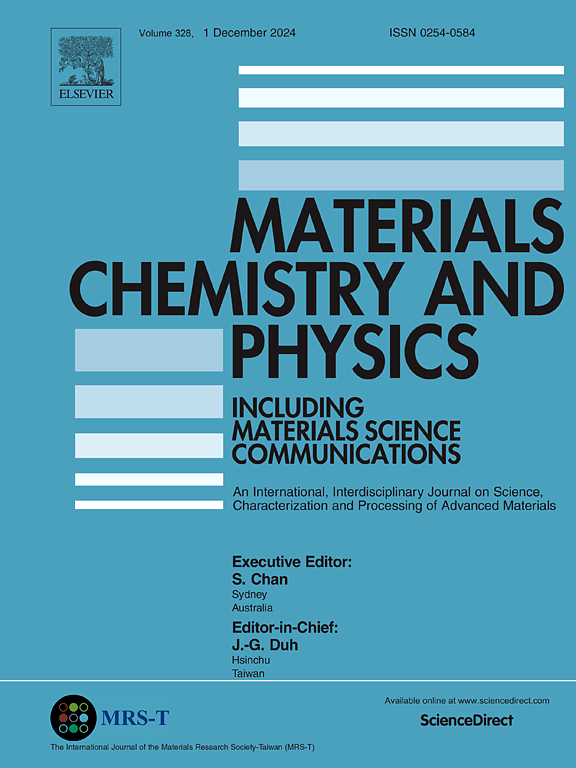Impact of strain and doping on Li-ion transport in Li3OBr0.5Cl0.5 anti-perovskite solid lithium-ion electrolytes: Insights from DFT and AIMD calculations
IF 4.3
3区 材料科学
Q2 MATERIALS SCIENCE, MULTIDISCIPLINARY
引用次数: 0
Abstract
The impact of applying strain on the Li-ion transport characteristics of Li3OBr0.5Cl0.5 anti-perovskite solid lithium-ion electrolytes with different doping positions have been systematically studied within the framework of density functional theory. We have examined the changes in bandgap, defect formation energy, and Li-ion migration barrier under triaxial compressive and tensile strains, spanning from −4% to 4 %. Following, by calculating of the diffusion and conductivity of different structures of Li3OBr0.5Cl0.5, we have screened out one structure (Br-ions and Cl-ions are diagonally distributed at each vertex of the lattice) with the highest conductivity at room temperature from six structures of Li3OBr0.5Cl0.5. Afterward, the changes of diffusion, conductivity and MSD of the structure with the highest conductivity at room temperature under applying −4% and 4 % triaxial strains have been studied. The results reveal intriguing implications: Tensile strains increase the defect formation energy for both Li-ion vacancies and Li interstitials, while simultaneously lowering the migration barrier of Li-ion. The influences of the formation energy and migration barrier significantly enhance the conductivity of Li-ion. This consequence is confirmed by AIMD simulation that both diffusivity and conductivity are enhanced under applying tensile strains, while an opposing effect observed under applying compressive strains. These findings unequivocally demonstrate that strains exert a profound influence on Li-ion conductivities in Li3OBr0.5Cl0.5 anti-perovskite electrolytes. Specifically, the application of tensile strain emerges as a promising strategy to augment lithium-ion transport.
求助全文
约1分钟内获得全文
求助全文
来源期刊

Materials Chemistry and Physics
工程技术-材料科学:综合
CiteScore
8.70
自引率
4.30%
发文量
1515
审稿时长
69 days
期刊介绍:
Materials Chemistry and Physics is devoted to short communications, full-length research papers and feature articles on interrelationships among structure, properties, processing and performance of materials. The Editors welcome manuscripts on thin films, surface and interface science, materials degradation and reliability, metallurgy, semiconductors and optoelectronic materials, fine ceramics, magnetics, superconductors, specialty polymers, nano-materials and composite materials.
 求助内容:
求助内容: 应助结果提醒方式:
应助结果提醒方式:


